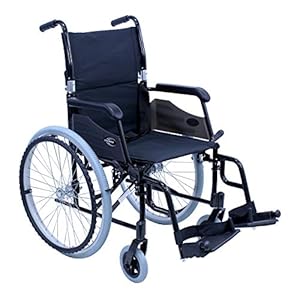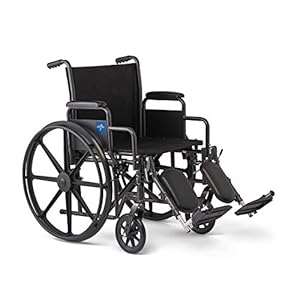
Within the intricate world of psychological well being care, there’s no one-size-fits-all strategy. As we try to offer complete assist for people battling numerous points, Intensive Outpatient Packages (IOPs) have emerged as a beneficial addition. Working in tandem with conventional inpatient therapy applications, IOPs supply a mix of flexibility and strong assist. This text uncovers the synergy between IOPs and inpatient applications and the way they collectively improve the restoration journey.
Greedy the Fundamentals
Conventional Inpatient Therapy Packages
Usually thought-about probably the most intensive type of care, inpatient programs contain the person staying at a psychological well being facility. Right here, they obtain 24-hour medical and therapeutic assist[1]. These applications are significantly fitted to people with extreme issues or these in disaster.
Intensive Outpatient Packages (IOPs)
Whereas IOPs additionally supply rigorous therapy, they differ in that people don’t stay in a single day on the facility[2]. Sometimes, sufferers attend classes a number of days per week for a number of hours. This strategy permits people to take care of some every day routines and duties whereas nonetheless receiving intensive care.
The Complementary Nature of IOPs
Seamless Transition from Inpatient Care
As soon as a person completes their inpatient therapy, transitioning to every day life might be daunting. IOPs function a bridge, providing continued assist whereas permitting people to reintegrate into their routines, decreasing possibilities of relapse[3].
Flexibility and Actual-world Utility
Whereas inpatient applications present a managed atmosphere, IOPs current alternatives to use discovered methods in real-world settings. This duality ensures that people are well-equipped to handle challenges as they come up of their every day lives.
Ongoing Assist with out Disruption
For many who won’t require 24-hour supervision however nonetheless want constant care, IOPs supply a wonderful center floor. They’ll entry high-quality therapy with out main disruptions to their work, household, or academic commitments.
The Growing Recognition of IOPs: Why They Matter
Value-effective But Complete
IOPs usually come at a fraction of the price of inpatient remedies[4]. This affordability, mixed with their effectiveness, makes them a sexy choice for a lot of.
Catering to Various Wants
From substance abuse to nervousness issues, IOPs can cater to a myriad of psychological well being points. The applications usually incorporate group remedy, particular person counseling, and generally even household remedy classes.
The Emphasis on Group
Being outpatient in nature, IOPs are likely to foster a way of neighborhood amongst attendees. Sharing experiences, challenges, and successes in a bunch setting might be extremely therapeutic and reinforces the concept people should not alone of their journey[5].
The psychological well being panorama continues to evolve, continually adapting to raised serve people’ distinctive wants. The rise of Intensive Outpatient Packages and their seamless integration with conventional inpatient remedies epitomizes this progress. Providing flexibility, real-world software, and a supportive neighborhood, IOPs should not simply another however a beneficial complement, guaranteeing a holistic strategy to psychological well being care.
References:
[1]: American Psychiatric Affiliation (2013). Hospitalization for psychological issues. Retrieved from APA.org.
[2]: Smith, J. D., & Grant, B. F. (2018). Outpatient therapy for substance abuse: An outline. Journal of Substance Abuse Therapy, 52, 45-59.
[3]: Laine, S., & Sawyer, Ok. (2019). Transitions in psychological well being care: From inpatient to outpatient. Medical Psychology Evaluate, 65, 10-18.
[4]: Nationwide Institute of Psychological Well being (NIMH) (2020). Prices and outcomes of psychological well being remedies. Retrieved from NIMH.nih.gov.
[5]: Turner, A. H., & Peterson, C. (2021). The therapeutic advantages of neighborhood in outpatient settings. Journal of Medical and Group Psychology, 47(1), 102-112.
Trending Merchandise










![[2025 Upgrade] Aotedor 30 Miles Long Travel Range, Electric Wheelchair for Adults Power Wheelchairs Lightweight Foldable All Terrain Motorized Wheelchair for Seniors Compact Portable Airline Approved](https://m.media-amazon.com/images/I/51vZJPDMrOL._SS300_.jpg)
